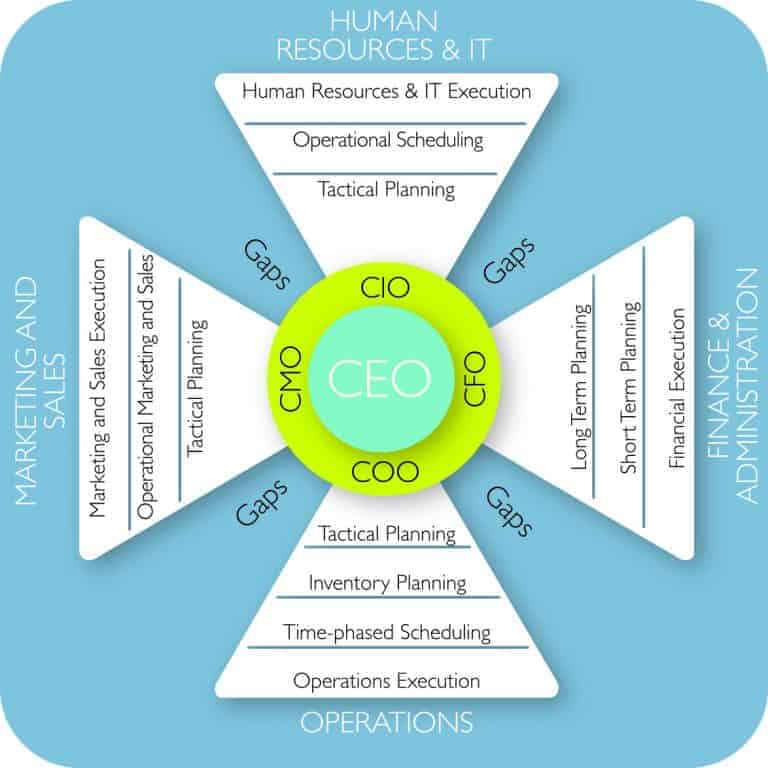5 Things Your Boss Needs To Know About Win The Battle Of Titans.
As everybody knows, three giants in the tech and software world have amassed an incomparable power in recent years from their networks and their strategies.
With a vast range of products, they have stitched up the market amongst themselves. But what are the strengths and weaknesses of each giant?
What are the deep business and supply chain implications of the battle of these Titans?
Each one of them is a Business-to-Business Network in its own way with excellent partners and supply chain participants.
Apple has its own ecosystem, which is not just their customers, but also thousands of programmers and app developers as well as millions of sellers on iTunes. That is Apple‘s biggest strength.
The same goes for Amazon, with an ecosystem including a very large customer base as well as thousands of sellers that sell their products on their website.
On the other hand, almost everybody uses Google as a search engine, which means they have the largest market share now in the mobile operating systems with Android.
Google also owns YouTube and many other digital properties. Each one of them has a formidable Supply Chain, Business-to-Business Network or Supply Network in its own right.
Yet now, all three of them are facing problems in different ways.
Is Win The Battle Of Titans The Most Trending Thing Now?
Apple is facing problems because its success has always been based on creating the next big product, especially if you look at Apple’s history (iPod à iPhone à iPad).
Now, Apple is launching the new Apple watch, which is not a very successful product in my mind. IPhone 6 is obviously just a minor update of the previous successful iPhone.
That is where Apple is currently failing. However, they are creating some really innovative services such as Apple-Pay,
which allows you to use your mobile as a NFC-based payment option, and Apple-SIM, which allows you to roam at a very low cost in foreign countries.
Apple continues to profit from past supply chain and product successes, and sits on top of huge pile of cash. Amazon, on the other hand, does not make much profit,
although it has a very high growth rate of revenue (it grew by around $24 billion in two years) and still growing.
But they invested in a number of things, which did not turn out that well. This type of experimentation is in the DNA of the company, and at the moment, it is not a big problem, at least not yet.
Nonetheless, a couple of these investment, noted by analysts and commentators, have raised red flags in my mind.
10 Amazing Places To Visit When You're In Win The Battle Of Titans.
Amazon Fresh seems to be a resurrection of the business model of an failed company called Webvan, which invested $1 billion in this field and went bankrupt in two years.
Amazon also continues to invest in expanding its business in India, which is a very competitive environment.
With local market players who know the local characteristics much better, and a chaotic marketplace, this is perhaps the most uncertain field for Amazon in my view.
The competition may not even be from other B2C e-commerce companies; every man with a mobile phone and a bicycle is a potential competitor. Amazon persists in investing in these two markets.
This could be much more harmful to Amazon than their mobile phones or other hardware devices that they keep creating every few months.
They are losing money on those but for a purpose: they are trying to lock customers into the Amazon Network.
Nevertheless, these products will never replace iPhones/iPads or equivalent Samsung products and will always be number two in customers’ minds.
The question is: Where is Amazon’s next platform for growth?
Amazon’s “unsexy” B2B business, a “$8 trillion bet”, has been growing silently in the background, perhaps making it eight times bigger than Alibaba and the biggest 5-STAR Business Network on earth.

AmazonSupply, a wholesale and distribution hub, started in 2005 and has grown to carry 2.2 million products, ranging from office equipment to industrial components, materials and more. After nearly 15 years of languishing on the wayside, the B2B exchanges are finally coming true, slowly.
Already, wholesalers are whispering about the threats from AmazonSupply;
although many specialty wholesalers and distributors are somewhat confident that their turf is safe from the giant’s claws due to their highly segmented market.
Nonetheless, AmazonSupply, Alibaba, or B2B exchanges, could become so powerful that they will suck small players into their enormous vacuum of suppliers.
15 Places That You Can Find Win The Battle Of Titans.
The process can even accelerate if trust keeping mechanisms are built into B2B exchanges.
Seller and buyer ratings, as well as seller/buyer protection seen on sites such as eBay and PayPal are not enough to cover the sheer size of B2B transactions.
Even the current rating system on Alibaba will not suffice, should this attractive market grow in the years to come.
Looking at Google, basically revenues of advertisements relating to search engine are stagnating/saturating. Fake clicks are being identified much more easily.
People are becoming more careful of what they are spending on online advertisements. Android and YouTube are two engines of growth for Google.
Google has declared a strategy of continuing investment in its YouTube products
It is easy to argue that Apple has the best chance of leading the pack in 5 years’ time depending on what kind of new hardware they manage to create in the next 2-3 years.
Google and Amazon are probably equal second depending on whether Amazon succeeds in its strategy to capture Business-to-Business markets or whether Google manages to monetise YouTube as much as they can.
Equally likely, new competitors might emerge on the horizon – like superUber! That will be very interesting to see.
ABOUT VIVEK SOOD:
Vivek is the Global Supply Chain Strategist and Author who works globally with large and mid-size corporations to FIX their Business-to-Business Networks in order to their multiply profits.
In that last 14 years he created several new breakthroughs in Supply Chain – including business transformations led by SCM 3.0.
His more than 400 projects have spanned approximately 84 countries on five continents, with clients ranging from fortune 500 companies to innovative green technology companies.
Get free extracts of his books and see why thousands of executives at the world’s leading corporations trust Global Supply Chain Group to build brilliant business-to-business network strategy.
We are rapidly growing and hiring. Exceptional (world’s best) Outsourcing Experts, Logisticians, Strategists and Supply Chain should contact me directly.
Follow Vivek here and @GlobalSupplyCG
If you are a HR professional, recruitment or HR consultant – and you think your clients might benefit from these insights about business transformations – feel free to forward this blog series via email or linkedin.
The nature of your industry is changing rapidly as a result of forces mentioned in this article.





